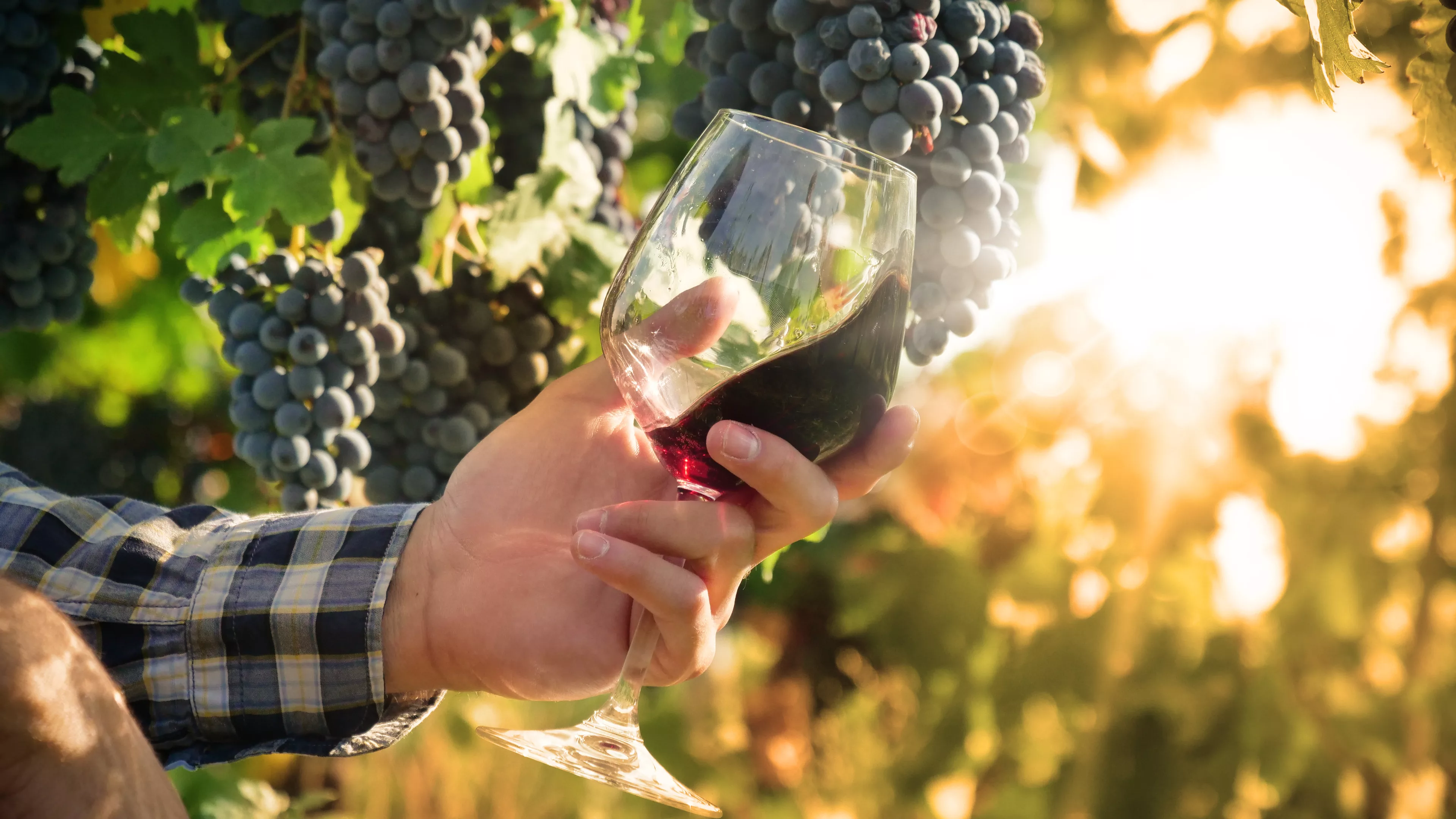
The topic du jour in wine circles is the decline in wine consumption—and more specifically by younger wine consumers.
Silicon Valley Bank’s 2024 State of the U.S. Wine Industry Report shows that wine consumption in the United States has declined for the third consecutive year and, for the first time in 45 years, consumption of spirits will outpace wine consumption. When it comes to younger consumers, the SVB report shows that starting in 2000 consumers younger than 25 began shifting their spending away from alcohol. For those who do partake in alcohol, if you are 29 or younger, your age group is more likely than any other to consume alcoholic beverages other than wine.
The question is why? Commentators are casting their nets far and wide to come up with explanations for the decline. Certainly, competition from cannabis and spirits is frequently mentioned, but I’ve read farfetched explanations such as “natural wine is so bad that it has turned off the younger generation from wine.” I’d imagine that there is more than one reason for the trend we are experiencing, but I’d like to look at one aspect of wine that seems to be limiting its exposure and explore several ways that we can turn it into something positive.
If I was to gather up a group of friends and go to a nice restaurant in Sonoma County, we could sit at a table and order up a selection of their finest spirits. Oh sure, we’d pay a small fortune for a sip of Louis XIII cognac or Pappy Van Winkle bourbon—but we could at least have a taste. This opportunity doesn’t exist for wine. Instead, our only wine options by the glass are a collection of modest wines—perhaps qualitatively decent, oftentimes not. With these selections perhaps being a younger person’s first (and only?) exposure to wine, it is no wonder that they are looking elsewhere.
There are several reasons that restaurants don’t offer a better selection of wines by the glass, not the least of which being that wine doesn’t have a particularly long lifespan once opened and the cost of the loss of half a bottle or so is daunting. The current downturn in wine sales presents restaurants with an opportunity to change this and, at least in the short term, benefit both wineries and their patrons. Many fine wineries these days are struggling with excess inventory, so now is the time for restaurants to become proactive. Advertise on various social media forums that you are seeking more interesting-by-the-glass selections and give out the price range you are willing to spend. Wineries will come calling.
This short-term fix would be a starting point. But longer-term issues remain. To address these issues, I believe that the wine industry needs to take this weakness—of needing to purchase an entire bottle to get something of better quality—and turn it into a positive.
Let’s once again go back to me and my friends having a nice dinner at a Sonoma County restaurant. We each order a cocktail to begin, and we order our individual appetizers and entrees and desserts. Each of us had had our own individual experience at the same restaurant. The one thing that has the potential to bring us together is if one of us orders a bottle (or two) of wine. The wine transforms the meal from numerous separate encounters to one unifying experience.
Is this shared experience even valuable to younger drinkers? Does it somehow resonate? I believe that there are signs that the shared experience that can be provided by wine is already of importance to them.
I am fortunate to have younger drinkers—and some soon-to-be legal younger drinkers—as my children. I’ve noticed them, and their friends, seemingly looking for private experiences. For example, they often retreat to their phones at public events. Rather than sharing in what is going on, they seem to be isolated and alone. However, I’ve also learned that there can be something else occurring in these times that isn’t immediately apparent. Oftentimes, my children and their friends are sitting next to each other, on their phones, and yet they are playing an online game together. They are also playing with friends who are in their homes or out at their own events. Despite the appearance that they are isolated, the video game somehow unifies their experience. In their own way, they are used to—and enjoy—having one thing bring them together.
It was the American philosopher John Dewey who wrote, “Things gain meaning by being used in a shared experience or joint action.” Our younger adults have already discovered this to be true through shared video games. Wine’s supposed weakness—that an entire bottle can be required to get something of quality—could be turned into a strength if we market it correctly. And, in doing so, we may give wine meaning to a younger generation.




